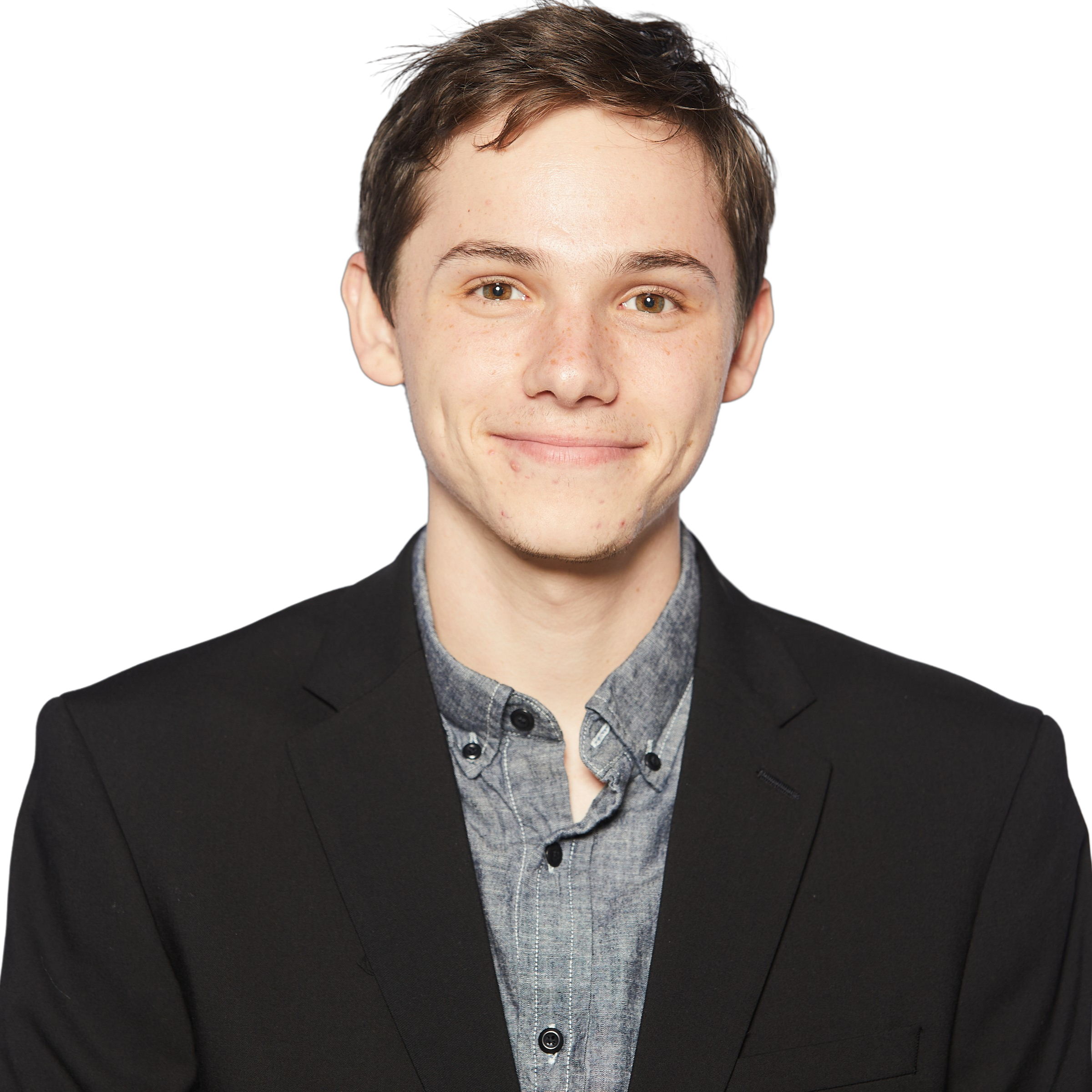Lorenzo Shaikewitz
I am a graduate student at MIT AeroAstro advised by Prof. Luca Carlone. I'm broadly interested in bridging the gap between navigation and interaction, enabling robots to work in human spaces.
Previously, I was a Caltech undergrad (MechE & Controls, '23) advised by Prof. Aaron Ames and Prof. Günter Niemeyer. My undergraduate projects included a compliant ankle exoskeleton (with Maegan Tucker & Prof. Ames), an in-mouth feeding robot (with Prof. Dorsa Sadigh at Stanford), and a piano playing robot for ME 134 (with Prof. Niemeyer).

Research
I'm currently focused on finding global solutions to shape and pose estimation problems.
Lorenzo Shaikewitz
D-Space / video / bibTeX
Lorenzo Shaikewitz, Samuel Ubellacker, and Luca Carlone
RA-L / arXiv / code / video / bibTeX
During my undergrad I worked on assistive devices, including robotic feeding.
Lorenzo Shaikewitz*, Yilin Wu*, Suneel Belkhale*, Jennifer Grannen, Priya Sundaresan, and Dorsa Sadigh
ICRA / arXiv / video / bibTeX
Blog
I occasionally write about problems I find interesting.
A Small Index of My Julia Packages
Revisiting CAST: World-Frame Motion Model
Undergraduate Projects: Ankle Exoskeleton, Piano-Playing Robot, Line-Based Mapping